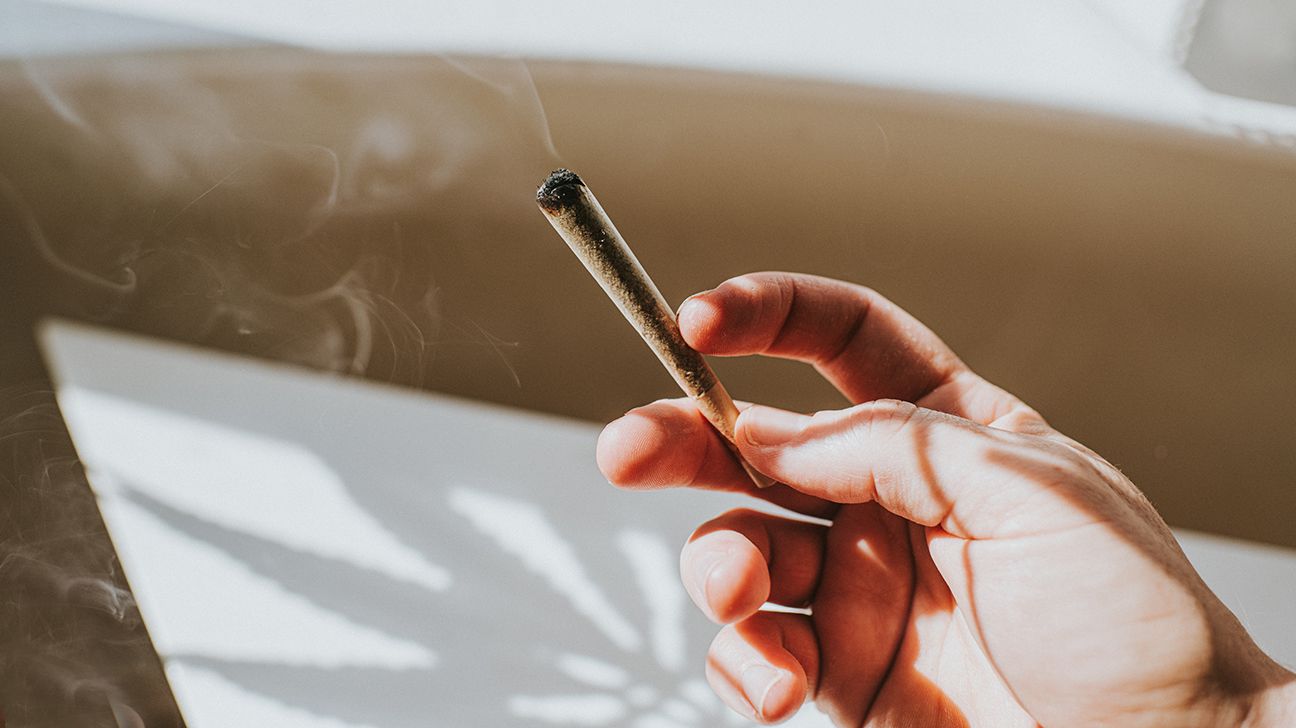
- A large study found that type 2 diabetes risk could be four times higher among cannabis users.
- Cannabis may increase diabetes risk by promoting insulin resistance and unhealthy eating habits.
- Lifestyle measures might help mitigate risk, but more research is needed to confirm these findings.
A large study of more than 4 million adults has found that people who use cannabis face nearly four times the risk of developing type 2 diabetes compared to those who don’t.
The research, which followed participants for five years, raises fresh concerns about the long-term health effects of cannabis as its use becomes more common and socially accepted worldwide.
The findings come as global cannabis use continues to rise. In 2021, an estimated 219 million people — about 4.3% of the world’s adult population — reported using the drug, per the United Nations Office on Drugs and Crime.
While earlier research suggested cannabis might reduce inflammation or even help with weight control, this new study highlights possible serious risks for metabolic health that deserve closer attention.
To conduct the study, researchers at Boston Medical Center reviewed electronic health records from 54 healthcare organizations across the United States and Europe using the TriNetX Research Network.
They looked at records collected between 2010 and 2018, focusing on adults aged 18 to 50 years old.
The team identified nearly 97,000 people with cannabis-related diagnoses in their records.
These ranged from occasional use to dependence, and included diagnoses related to cannabis intoxication and withdrawal.
To make fair comparisons, cannabis users were matched with more than 4 million people who had no history of substance use or major chronic health conditions.
The matching process accounted for well-known diabetes risk factors, such as age, sex, and underlying health issues.
All participants were followed for five years to see who developed type 2 diabetes.
The team used advanced statistical methods to compare outcomes between cannabis users and non-users, aiming for results that were both accurate and reliable.
The difference between groups was clear. During the study period, 2.2% of cannabis users developed diabetes, compared with just 0.6% of non-users.
This meant cannabis users had nearly four times the risk of type 2 diabetes.
When researchers looked at survival rates — meaning how many people remained diabetes-free — they found that 96.82% of cannabis users avoided diabetes, compared with 99.15% of non-users.
Although those percentages may seem similar, the difference translates into thousands of additional diabetes cases among people who used cannabis.
The large size of the study and the diverse populations involved add weight to the findings.
With more than 4 million participants across multiple countries and health systems, the results provide information that reflects what actually happens in routine medical care rather than in controlled laboratory experiments.
The study also points to possible reasons for the link. The researchers suggested that cannabis use may contribute to insulin resistance and unhealthy eating habits.
The well-known phenomenon called the “munchies” — cravings for high calorie foods after cannabis use — could be one factor driving the higher risk of type 2 diabetes among users, according to the study’s authors.
Ibrahim Kamel, MD, the lead researcher on the study, told Healthline that cannabis may contribute to type 2 diabetes through overstimulation of the endocannabinoid system, especially the CB1 receptor.
This promotes the accumulation of fat in the abdomen and liver, as well as creating insulin resistance.
“Additional mechanisms include increased caloric intake, low-grade inflammation, oxidative stress, and potential β-cell dysfunction, all of which impair glucose homeostasis,” he explained.
Another thing that’s important to note is that it may not be just people already at risk for type 2 diabetes who have to be concerned.
“In the study we used a healthy population without the usual risk factors for developing DM [diabetes mellitis], so based on our findings relatively healthy adults are at risk,” he said.
However, Kamel cautioned that further research is needed to confirm this.
Based on the current study, it’s also not possible to determine whether limiting yourself to only occasional use might reduce risk, although he said this is “worth investigating.”
Kamel concluded his remarks by saying that since we don’t know the exact mechanism by which this effect is occurring, it’s not possible to say which specific measures might be protective.
“Reductions of use as well as having a healthy lifestyle/ diet and being mindful of caloric consumption could help but definitely further research is needed,” he said.
Chad Larson, NMD, DC, the CEO and founder of Adapt Lab, who was not involved in the research, said having a waist circumference greater than 40 inches in males and 35 inches in females is a good indicator of insulin resistance, even if you’re at a healthy weight.
“Waist measurement provides individuals with a more accurate and earlier reading of metabolic health that can be used to act before one gets diabetes,” he explained.
Another underutilized technique, according to Larson, is meal timing.
He advises substituting snacks with 25 grams of protein at dinner, which can help stabilize blood sugar during the night and may reduce the cravings associated with cannabis use.
“Frequent evening protein intake assists in getting the body accustomed to a more consistent secretion of insulin,” he said.
When done together with daily exercise, such as an intense 20-minute walk, Larson said this helps increase absorption of glucose in muscle tissue.
“Taken together, these steps decrease the chances of an individual developing a greater disposition towards type 2 diabetes without losing the freedom of lifestyle,” he concluded.
Source link : https://www.healthline.com/health-news/cannabis-use-quadruples-type-2-diabetes-risk-study
Author :
Publish date : 2025-09-15 11:33:54
Copyright for syndicated content belongs to the linked Source.



